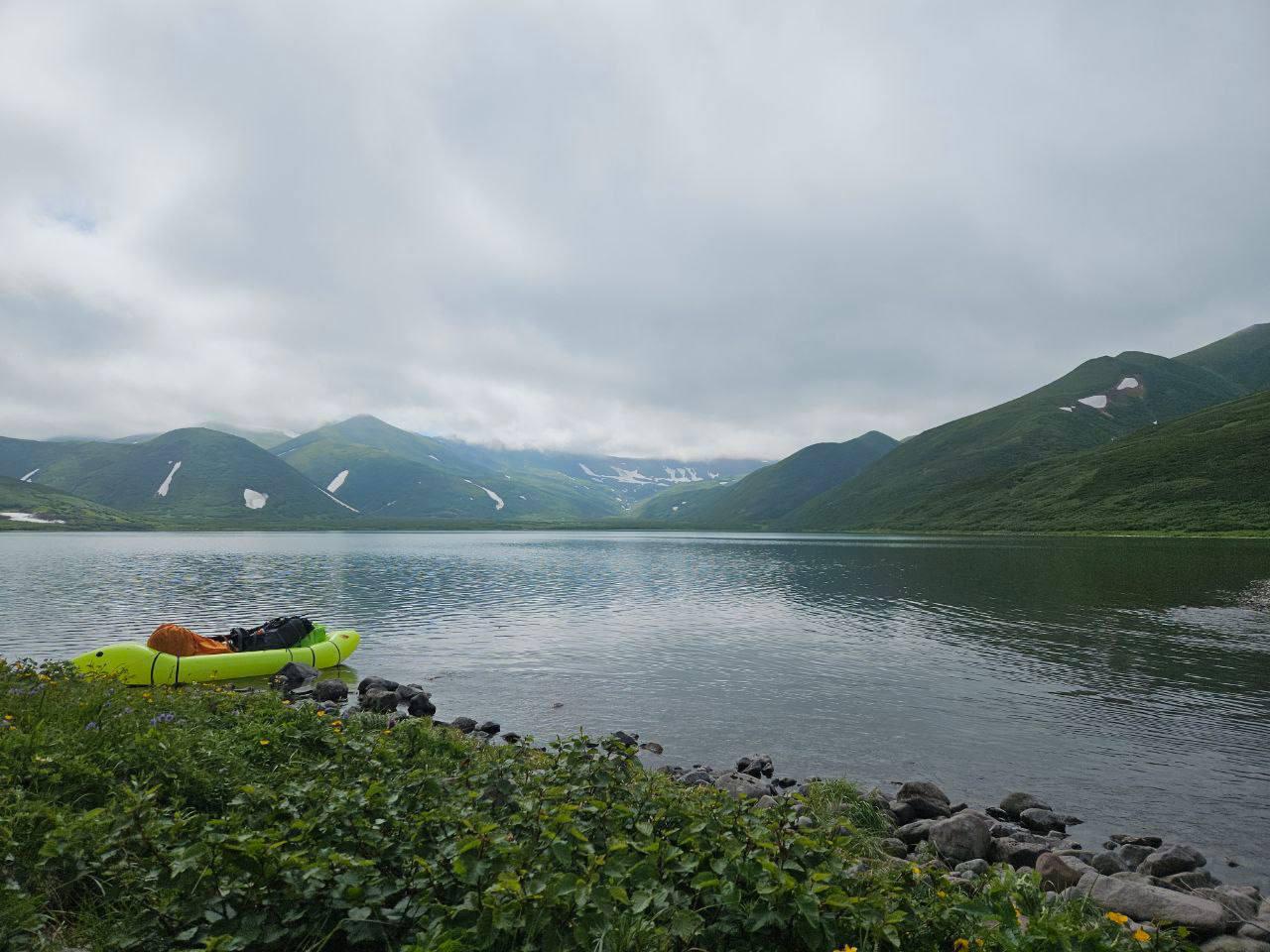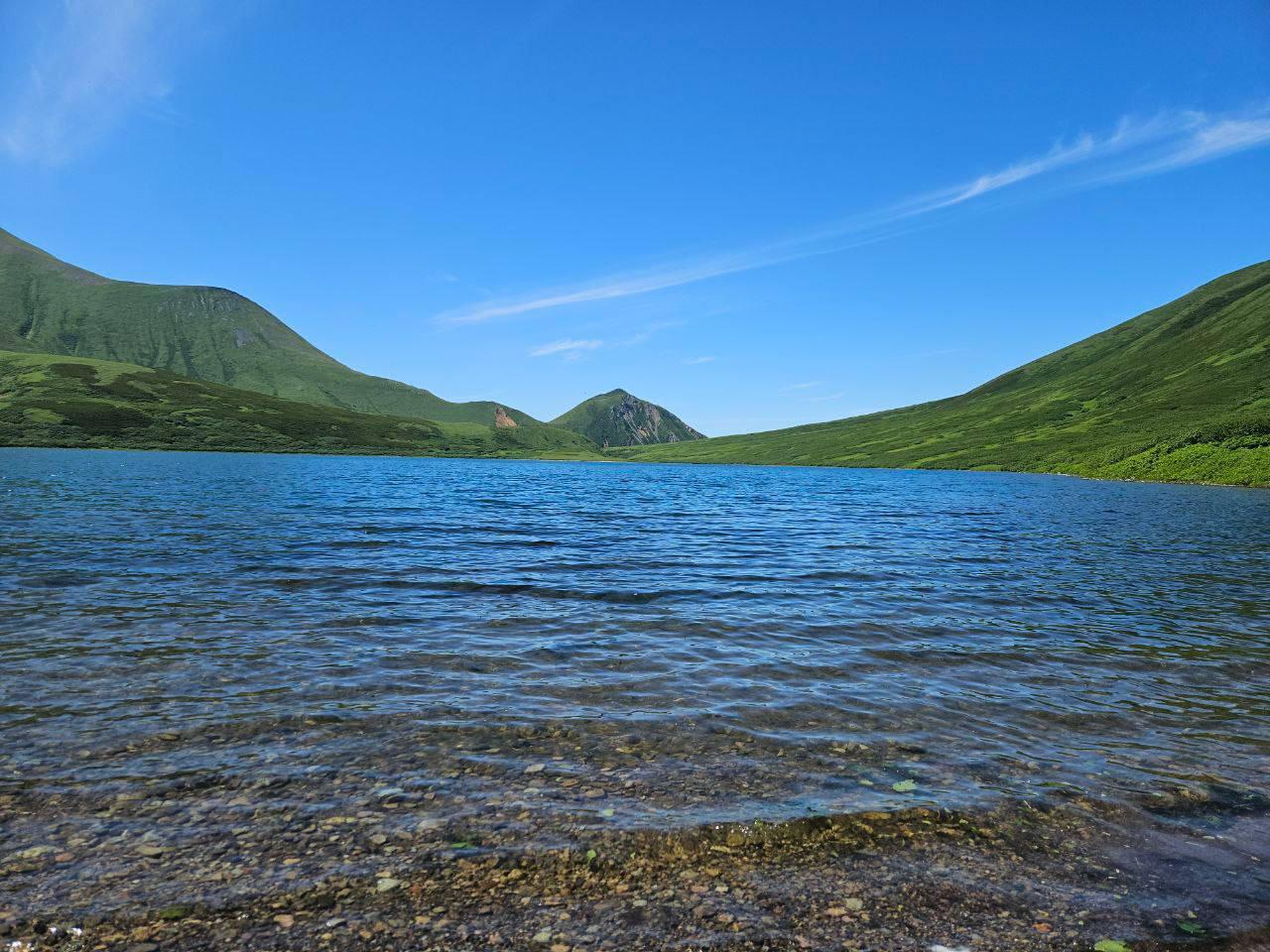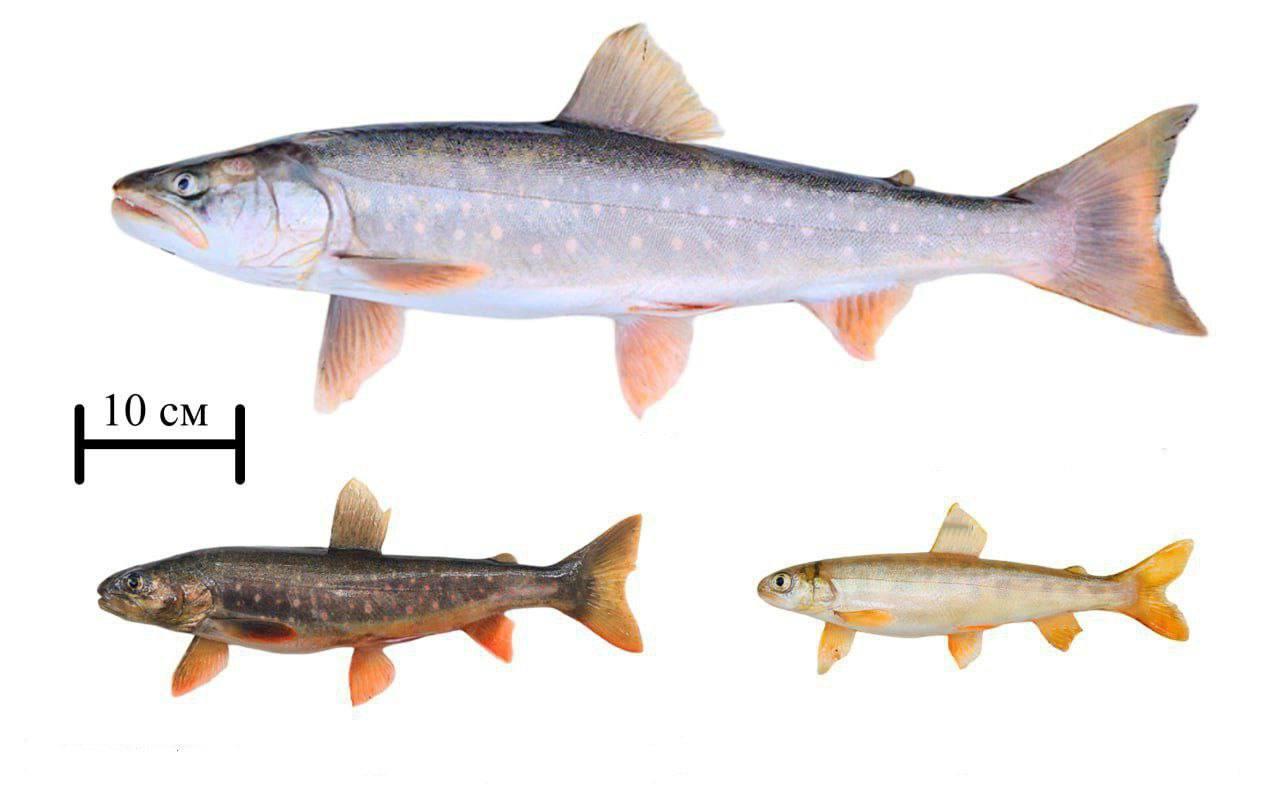
All photos by: N. Melnik, D. Zlenko https://t.me/territoryofscience
Scientists from the Vitus Bering Kamchatka State University (KamSU) and the A.N. Severtsov Institute of Ecology and Evolution of the Russian Academy of Sciences (IEE RAS) have identified three distinct ecological forms of one fish species that have adapted to different living conditions within the reservoir.
The work was carried out by specialists from the Vitus Bering Kamchatka State University together with colleagues from the IEE RAS under the supervision of Daria Panicheva, head of the youth laboratory for the study of anthropogenic dynamics of ecosystems at the Vitus Bering Kamchatka State University.

"Such studies are of great practical importance for our region. They allow us to better understand the biological resources of Kamchatka and the Kuril Islands, which is important for their rational use and protection. In addition, such work increases the scientific status of our university and strengthens its position in the field of fundamental research," said Olga Rebkovets, Acting Rector of the Vitus Bering KamSU.
In Lake Glukhoe, scientists discovered three forms of southern Dolly Varden trout, which differ radically from each other in size and feeding method. The pelagic predatory form includes large individuals up to 60 centimeters, which specialize in feeding on young sockeye salmon and other char in the water column. The benthopelagic form consists of medium-sized individuals up to 30 centimeters, consuming mainly amphipods on the slopes of the lake. The deep-water benthic form consists of small individuals up to 20 centimeters, feeding on mollusks and insect larvae at maximum depths.
Lake Glukhoe is located in a remote place, in the middle part of Paramushir Island, four kilometers from the coast of the Sea of Okhotsk. The area of the lake is one square kilometer, the depth reaches 30 meters, the volume of water is 0.02 cubic kilometers. The reservoir arose in the late Pleistocene as a result of the damming of the Shumnaya River during the extrusion of the Fersman volcano. Although the first indications of the heterogeneity of the population of the char were noted during the first description of the lake in 2001, until now a comprehensive analysis of this divergence has not been carried out. The new study allowed us to detail the process of ecological diversification of the southern trout.
The revealed ecological forms show parallelism with the diversification of a closely related species in Kamchatka lakes: Medvezhye, Verkhne-Avachinskoye, Azabachye and Kronotskoye. This suggests that in similar conditions, evolutionary processes follow similar paths.

Preliminary morphometric analysis — a study of the shape and size of various parts of the fish body — showed a striking similarity between ecological forms from different lakes. Moreover, the degree of this similarity exceeds the interspecific differences between the southern Dolly Varden and a closely related species.
“It turns out that in similar lakes, fish develop according to the same scenario — it’s as if nature uses the same “recipe” for their evolution,” explained Daria Panicheva.
Scientists plan to analyze the functional roles of morphological transformations of each of the ecological forms and the degree of similarity of their ecological niches. In the long term, it is planned to conduct a full-genome analysis to identify the genetic basis of parallel divergence, identify key mutations responsible for the formation of similar phenotypes, and study the molecular mechanisms of convergent evolution in geographically isolated populations.
The results obtained will be important for understanding the mechanisms of speciation in salmonids. The research also contributes to the study of the biodiversity of Kuril reservoirs and the processes of ecosystem formation in conditions of island isolation.
The study is carried out within the framework of the interdepartmental comprehensive program of scientific research of the Kamchatka Peninsula and adjacent territories for 2024-2026. The coordinator of the program, which unites the efforts of ten scientific organizations, is Vitus Bering Kamchatka State University.
